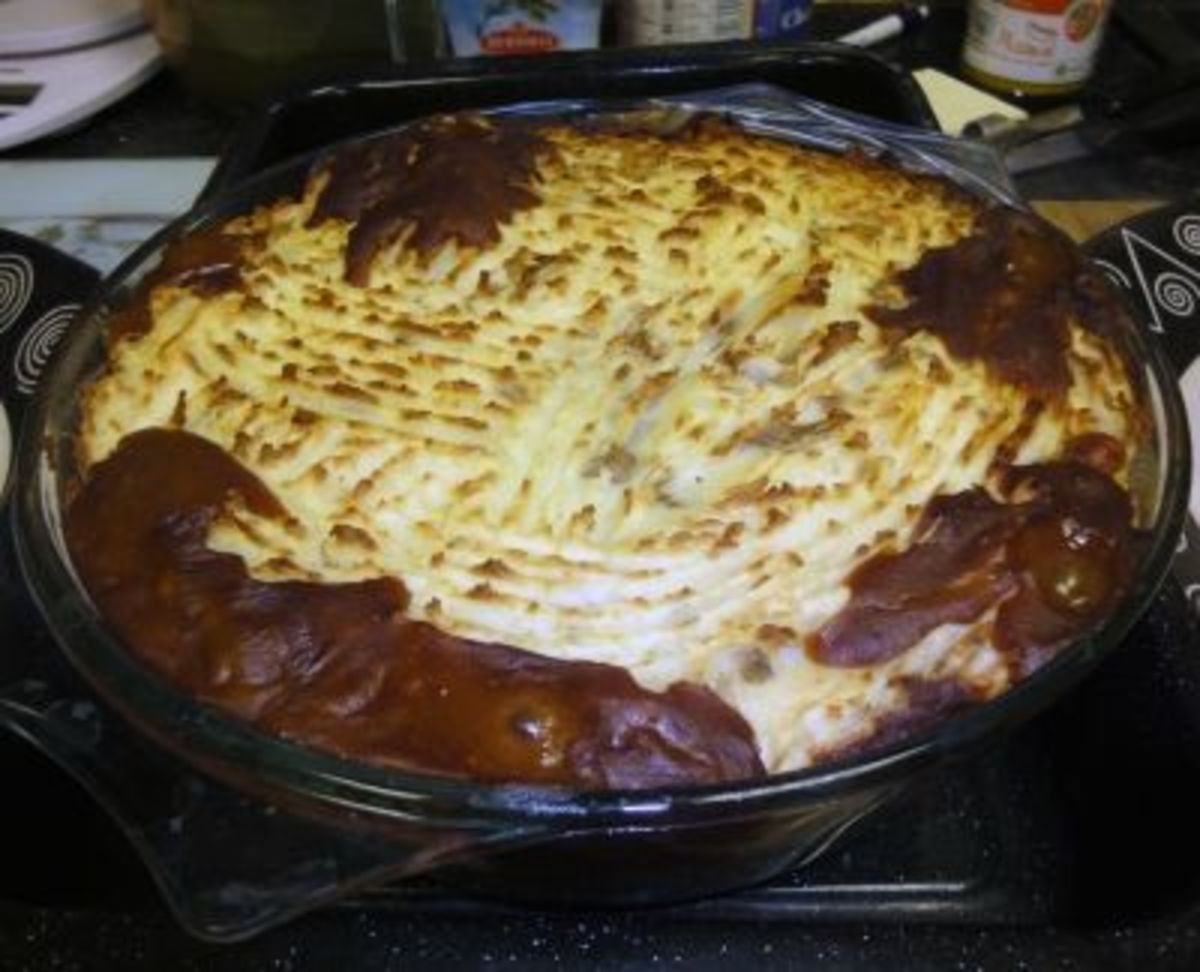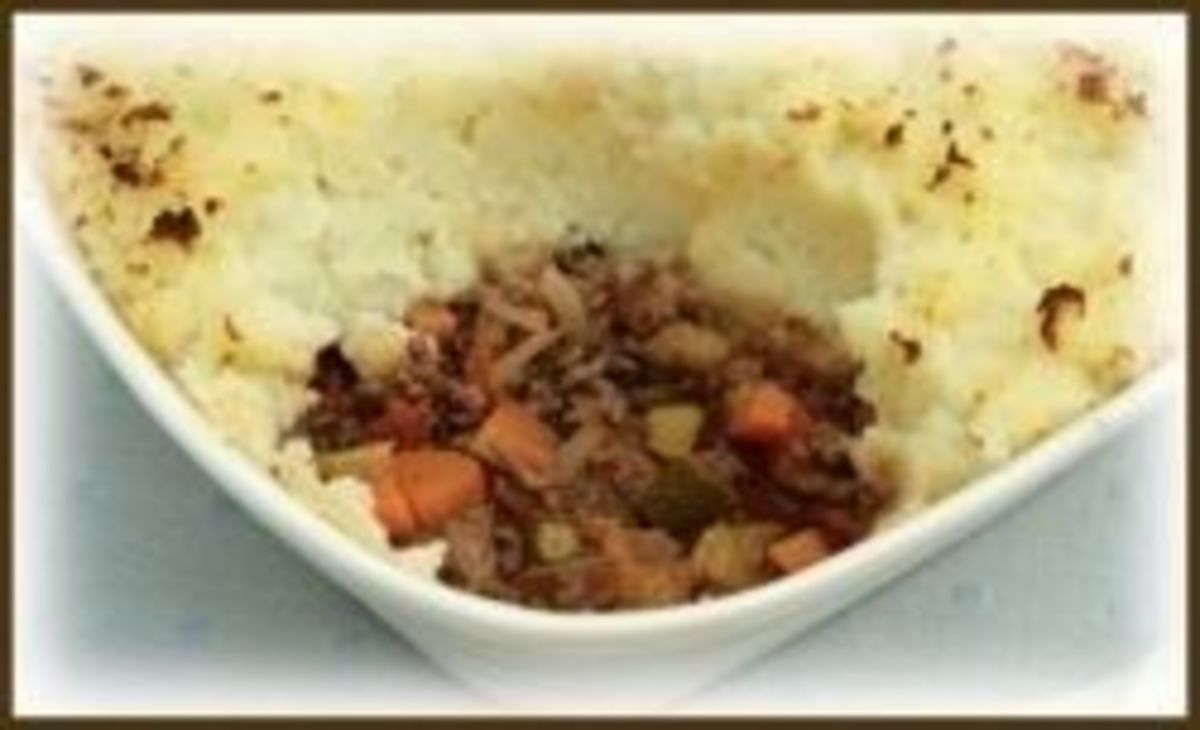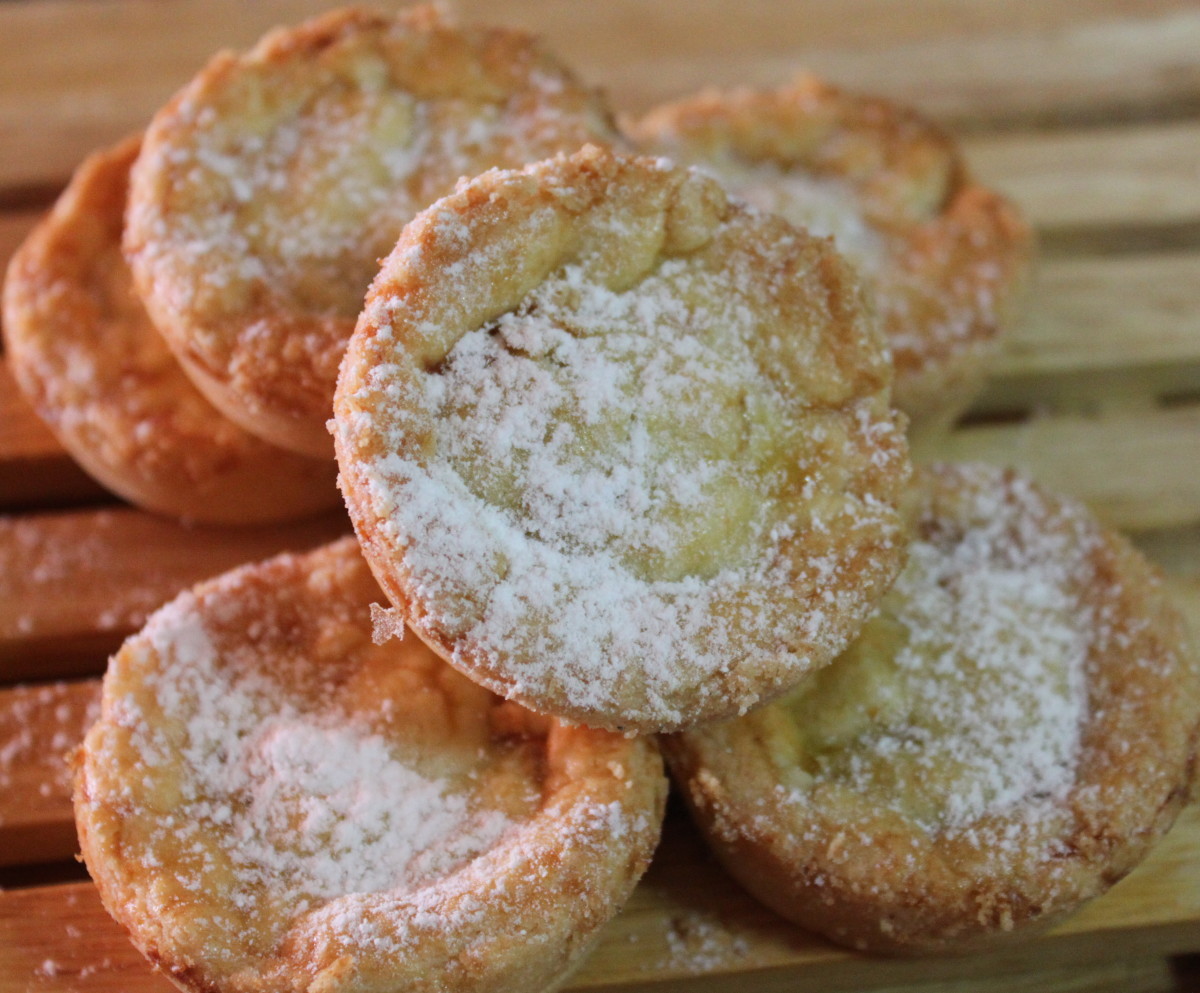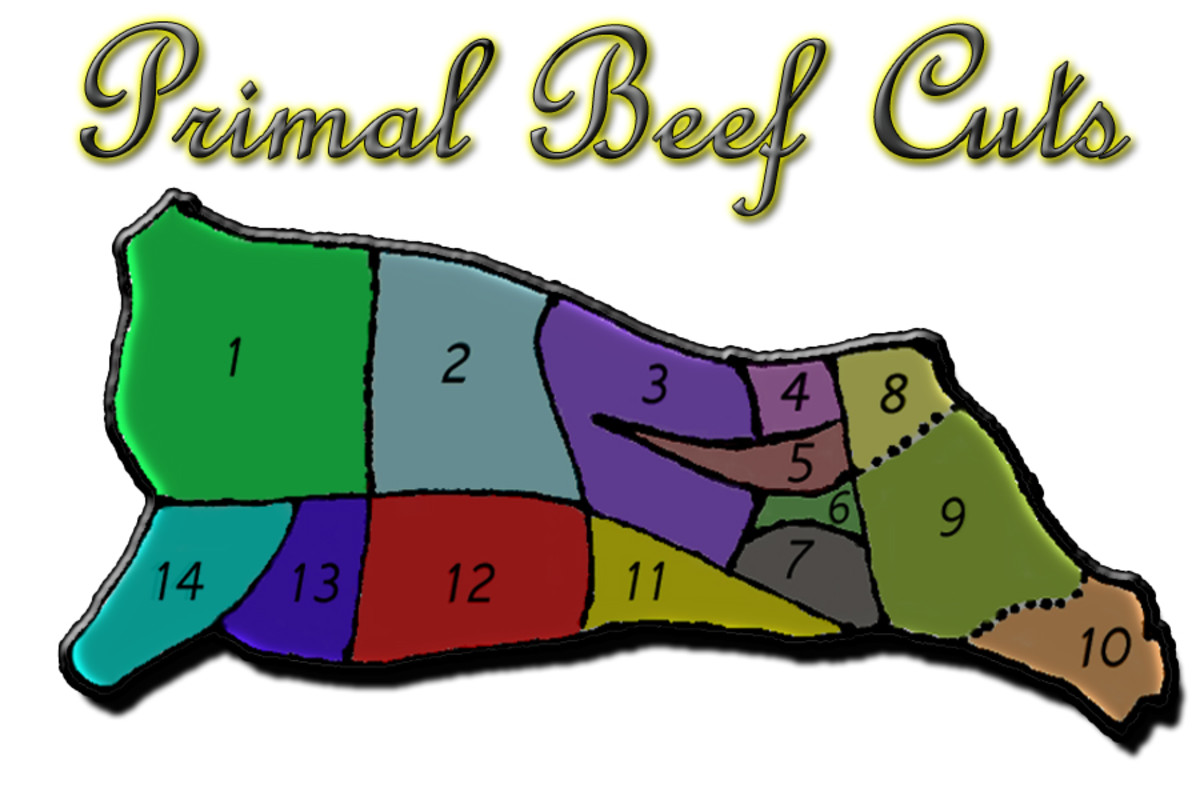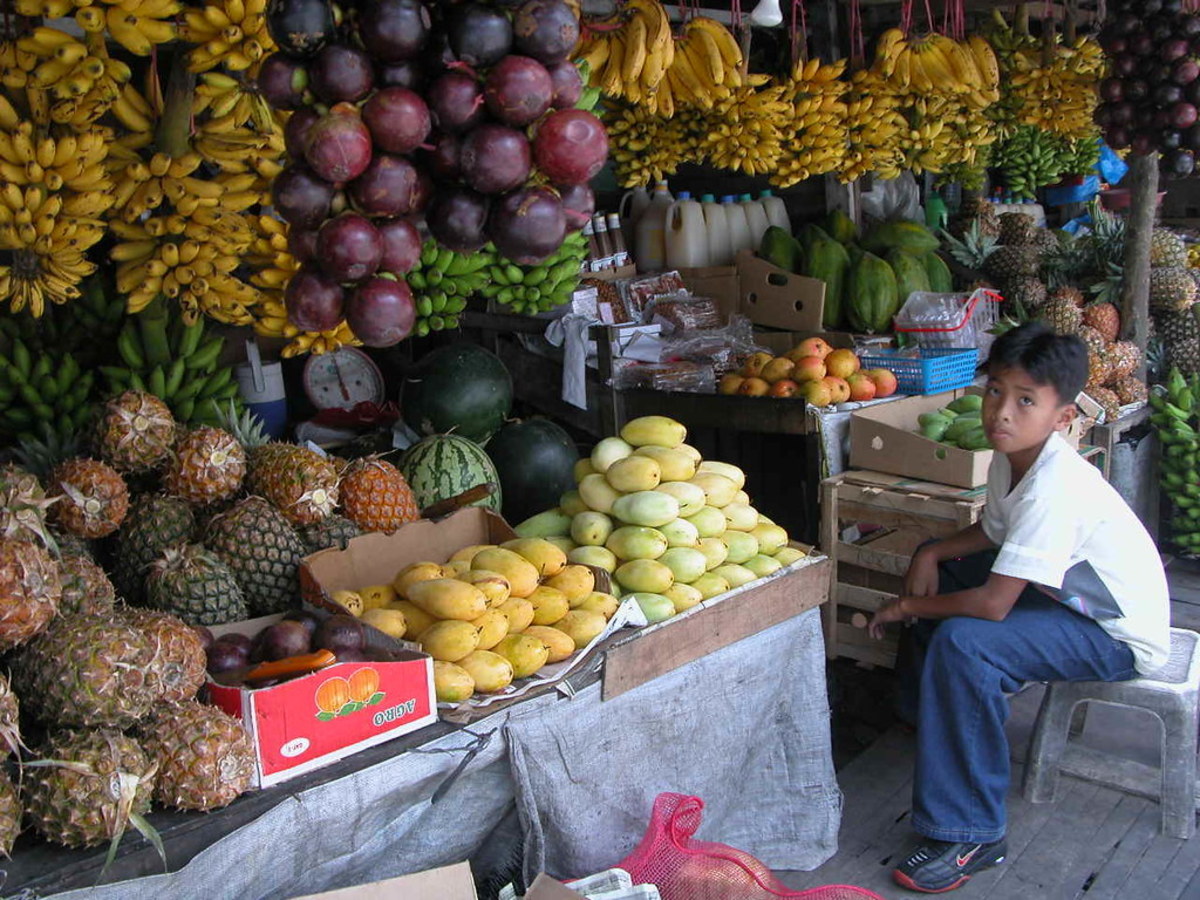How Mince Meat Became Meatless
Mincemeat Did Contain Meat Originally
On a previous Christmas, I wrote a Hub all about the traditional mincemeat recipe that my great grandmothers, their children, and other farming families used to make in eastern Ohio at the turn of the 20th century. It indeed contained MEAT - mutton (full-grown sheep) or beef and beef suet, to be exact.
Pies made from this homemade mixture of meat, fruit, and nuts were called mincemeat, mince meat, or mince pies. Without the meat today, any of these pies are sometimes mistaken for raisin pies.
See that Hub for the story and a great recipe for real Mincement Pie: Favorite Holiday Recipes: Mincemeat.
Run, run, run! - North Devon Sheep racing
Where's the Beef?
Mincemeat was originally an old English way of preserving meat without using salt or smoke 600 years ago. Both sides of father's parents' families came from England/Ireland/Scotland and brought the tradition of mincemeat to American farm life in the early 1700s in Virginia and Ohio. Another Irish/ English tradition they brought with them was Making Pillow Cases on New Year's Day.
In England, real mince pies are are almost required at holiday meals, just as much as plum pudding.
Mince came about in Medieval Times and during the Crusades, when spiced meat dishes were served quite frequently. My father never liked mince meat pie as much as apple pie with a slice of cheese, though, because he did not like his meat to be cut up into small pieces (minced). We never saw a casserole dish served in our house and I never saw one until I left home. "What's this thing?" I asked...
There was always a piece of meat on a plate, with a potato, a green vegetable, salad (which my father refused) and bread at my house, but I digress...
Medieval English meals often served minced mutton (sheep), and that became a Christmas staple, Christ's being the sacrificial lamb of the Bible. The mutton was baked in a pie to make the Christmas Pie. Beef became the meat of choice later. No matter which meat was served in the pie, it was the main course. As trade routes to the East were established by England, spices and fruits were added to the Christmas Pie. Over the decades, it became a dessert as it became sweeter overall and the cost of meats rose.
Imported Mincemeat
Early Mincing
By the mid-1500's mince pie contained:
- Beef or Mutton
- Salt and pepper
- Saffron
- Suet or marrow
- Vineger
- Prunes, Raisins, Dates
- Fatty broth - very fatty, usually beef broth
- Butter & egg yolk flour crust
By the late 1500s, additional fruits, nuts, and spices were the normal inclusions to traditional mincemeat as well. This provided a sweeter, richer mincemeat overall. Rum or brandy was added, as available, for extra flavor and additional preservation of the other ingredients, primarily the meats and marrows used.
By 1657 Oliver Cromwell (1599-1658) outlawed Christmas in England for Three Years -- His soldiers went into London homes and confiscated all the geese cooked for the holiday season throughout London, as well as all of the mince pies (Christmas Pies) and any other pies. During Cromwell's rule, "secret pies" of mince were made anyway and hidden. Sometimes they were made odd shapes so they would not look like a pie, but more like a pasty or meat turnover or some other dish.
Listening for pie makers.

Save the Whales

Mince Through Time
A Whale of a Pie
Around the time of the American Civil War, it is recorded in 1861 that whale meat was used in a mince pie at a trading post, in the diaries of James G. Swan, who lived among Native Americans in what is now Washington State. Deer meat (venison) was also used in pies. This makes sense, since the Native Americans of the Pacific Northwest in America and Canada would use local seafood and game meat in their dishes.
During and since the Civil War, In some parts of the country, Green Tomatoes have been substituted for meat in the mince meat pies made locally.
During the World War I and the Great Depression, meat became scarce in many parts of America and likely elsewhere, and the meat was simply left out of the recipe. Apples were substituted when no green tomatoes were available. Farmers that raised cattle or sheep could still include meat in their mince pies, and beef became the favored meat for this dish (when it was available).
Today, Nonesuch Mincemeat is the leading brand of mince in America and it contains no meat. It is already expensive and adding meat to it would double the already-high cost.
That's what happened to the beef.
if you want to make your own mincemeat with meat, see my Hub listed above at the beginning of this presentation. If you want to avoid meat, use eggplant or additional apples or green tomatoes in its place.
And let me know when the pie is ready - Pie is my favorite food group!
Mincemeat Christmas Croissants
A Variety of Pie Recipes You Might Enjoy
- Admiral Halsey's Pie - Recipe and Music
- Vinegar Pie and Other Holiday Treats to Make Ahead
- Magic With Ground Beef
- Favorite Autumn and Winter Holiday Recipes - Cranberry Pie
- Things to Do With Sweet Potatoes
- The Best French Christmas Recipes - French Christmas Pie
- Cajun Easter Foods and Recipes - Sweet Crust Pie
- Sweet Potatoes, Devo, and Clangers - Meat Pies or Pasties
- Cook Fast and Save Money With Ground Meat - Jackalope's Shepherds Pie
- Pie Nation and The Uninvited Guests - Vegetable Pies




